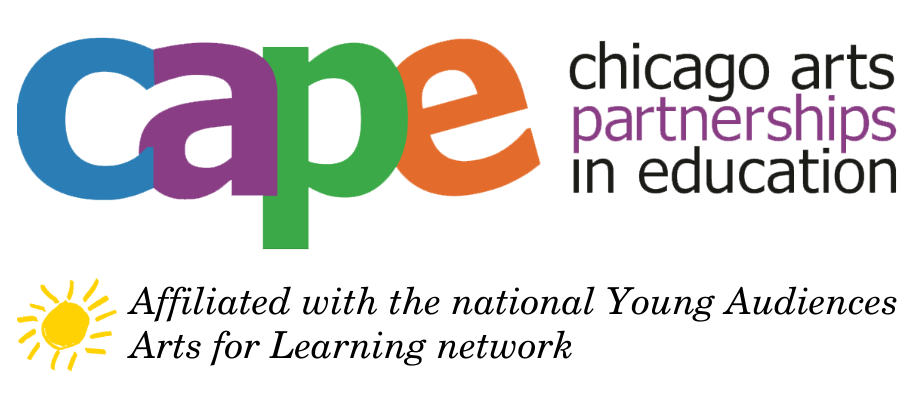CAPE engages external, university-based researchers who work with our program staff to create research plans, define methods of measurement, and collect, analyze, and report on data from our classrooms. This approach to arts education research allows us to continually improve our programs and contribute proven best practices back to the field.
CAPE has worked with notable arts education research experts, including Dr. James Catterall, Dr. Larry Scripp, Dr. Gayle Burnaford, Dr. Louanne Smolin, and Dr. Karen DeMoss, on single-year and longitudinal research studies that collect and analyze both quantitative and qualitative data from CAPE classrooms. CAPE’s research impacts and improves programming, contributes best practices to the field, and supports advocacy on the national level through participation in groups such as the Congressional STEAM Caucus and AEP.
CAPE research has revealed that arts integration optimizes teaching and learning. By partnering teachers and teaching artists, data shows that classrooms increase access to academic success for all learners and especially impacts students from economically disadvantaged communities. Research on CAPE’s professional development model reveals that teachers increasingly expand their teaching practices and curriculum design abilities as a result of their participation in CAPE’s teacher training programs.
As one of the first arts integration practitioner organizations in the country, external researchers looked to CAPE’s innovative model in the 1990’s to understand the impact of arts integration on teaching and learning. In an ongoing effort to deepen the field’s understandings of arts integrated teaching and learning, CAPE continually engages external researchers to conduct short-term and longitudinal studies each year.
Learn more about one of our more groundbreaking studies
The Partnership for Arts Integration Research (PAIR) project asked and answered powerful questions about the role of arts integration in elementary math and reading. If you’re curious about our research, please explore the PAIR Project and its outcomes!


